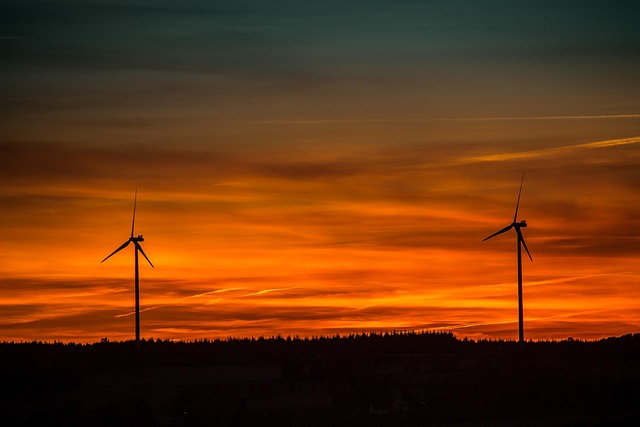
Wind Turbine Blade Types
Wind energy has emerged as a pivotal player in the global pursuit of sustainable and renewable energy sources. Central to the efficiency and effectiveness of wind turbines are their blades, which serve as the primary interface between the wind and the turbine's mechanical systems. The design of these blades significantly influences the amount of energy that can be harnessed from the wind, making it essential to understand the various types of blade designs and their respective efficiencies.
The Mechanics of Wind Turbine Blades
Wind turbine blades operate on the principle of converting kinetic energy from the wind into mechanical energy, which is then transformed into electrical energy. This conversion process is facilitated by the aerodynamic properties of the blades, which are designed to create lift. As wind flows over the blades, it decelerates, and the forces that act upon the blades generate torque, causing them to rotate.
Types of Wind Turbine Blades
Wind turbine blades can be categorized into several designs, each with its unique characteristics and efficiencies. The most common types include:
- Flat Blades: These are the traditional design, reminiscent of the sails of ancient windmills. While they have been effective for centuries, their efficiency in modern applications is often surpassed by more advanced designs.
- Curved Blades: Slightly curved blades have gained popularity due to their ability to capture 5 to 10 percent more wind energy. This design allows for better performance in areas with lower wind speeds, making them a versatile choice for various geographical locations.
- Twisted Blades: These blades feature a twist along their length, optimizing the angle of attack as the blade rotates. This design enhances lift and reduces drag, resulting in improved energy capture.
- Variable Pitch Blades: These blades can adjust their angle relative to the wind direction, allowing for optimal performance across varying wind conditions. This adaptability contributes to increased efficiency and longevity of the turbine.
Factors Influencing Blade Efficiency
The efficiency of wind turbine blades is influenced by several factors, including:
- Aerodynamic Profile: The shape of the blade is crucial in determining how effectively it can harness wind energy. An aerodynamic profile minimizes drag and maximizes lift, enhancing overall performance.
- Material Composition: The materials used in blade construction affect weight, durability, and flexibility. Advanced composites are often employed to achieve a balance between strength and weight, allowing for longer blades that can capture more wind.
- Length of the Blades: Longer blades can sweep a larger area, capturing more wind energy. However, they also require careful engineering to ensure structural integrity and performance.
Conclusion
As the world increasingly turns to renewable energy sources, the design and efficiency of wind turbine blades will play a crucial role in shaping the future of energy production. Understanding the various blade types and their respective advantages allows for informed decisions in the development and deployment of wind energy technologies. The evolution of blade design reflects a commitment to harnessing nature's power in the most efficient and sustainable manner possible.


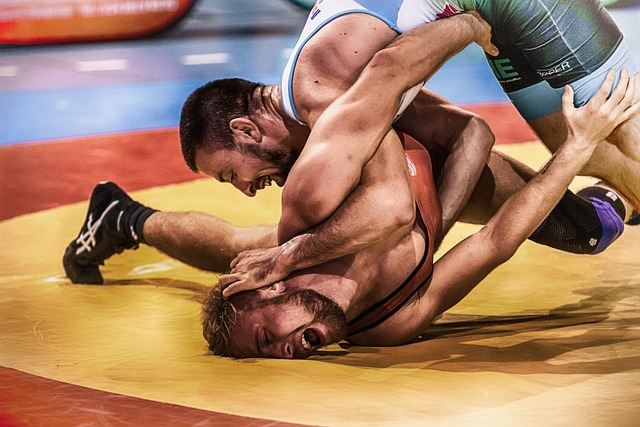


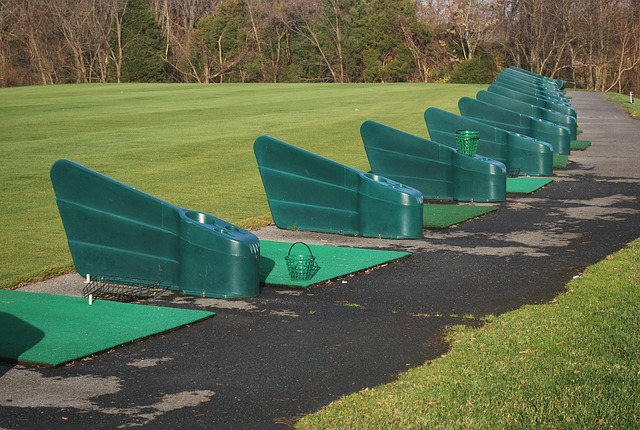
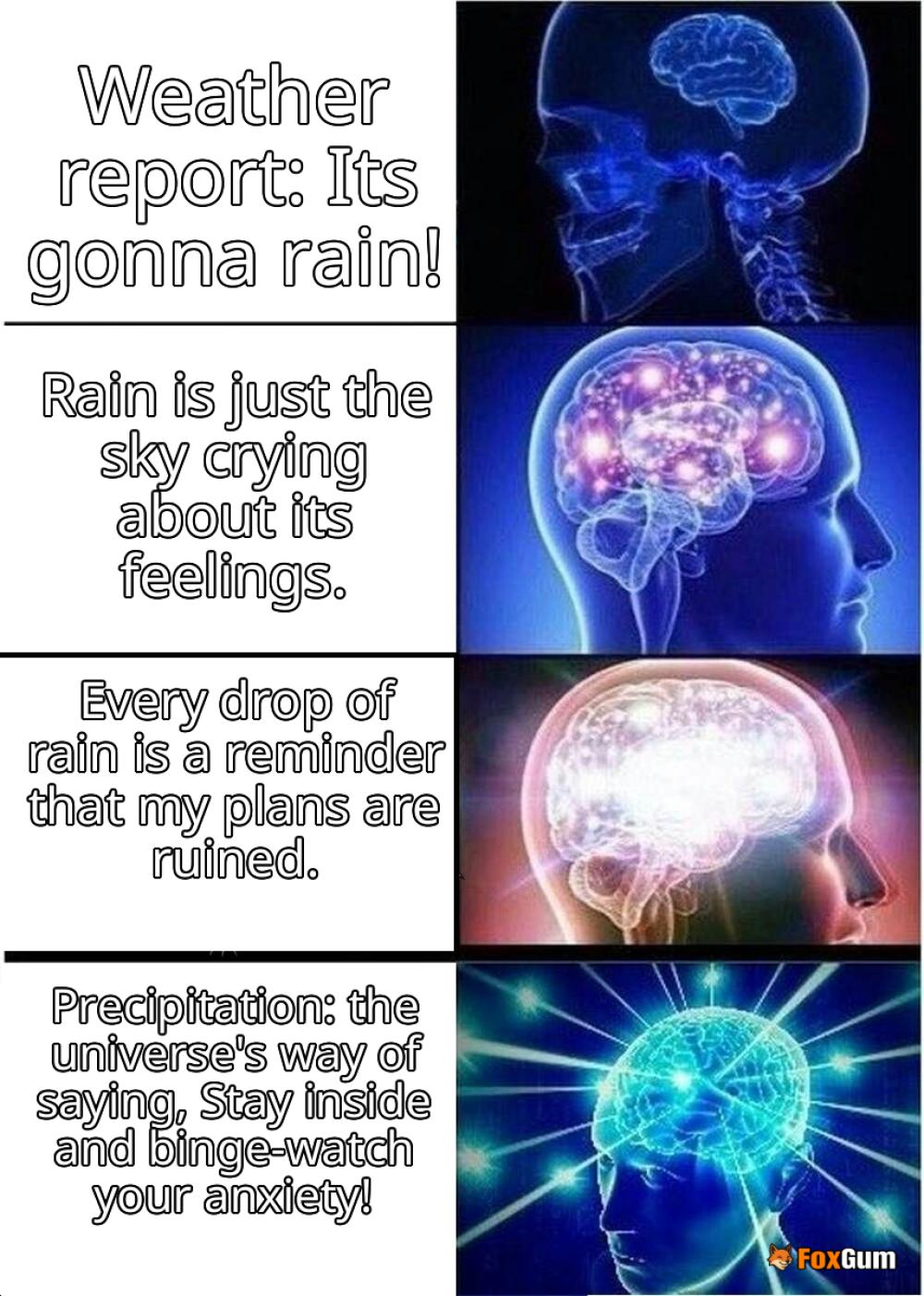

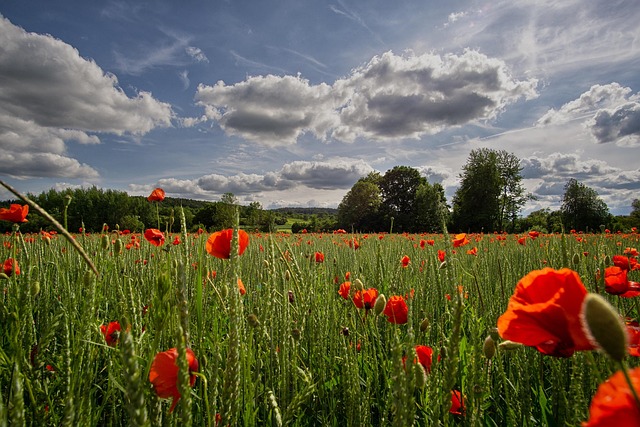
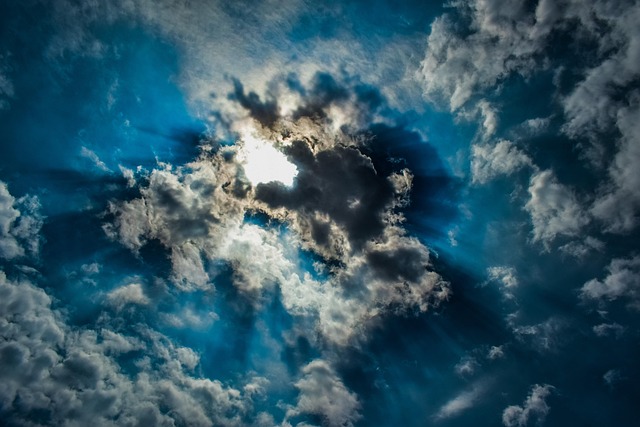
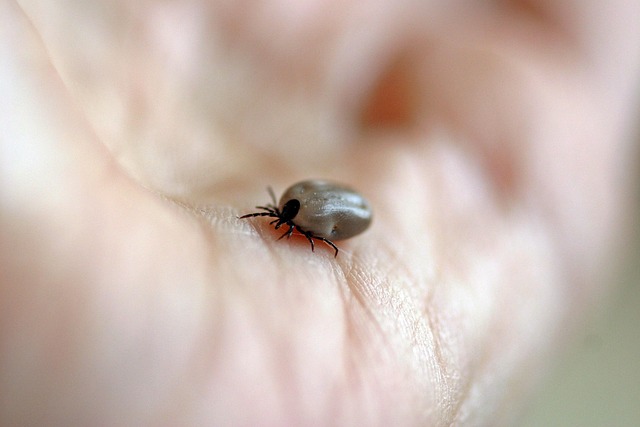

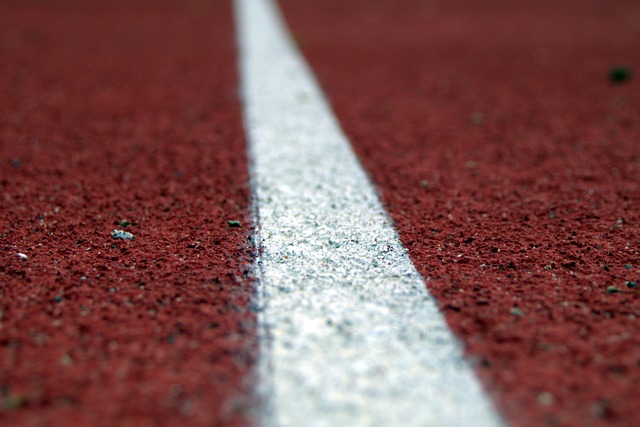
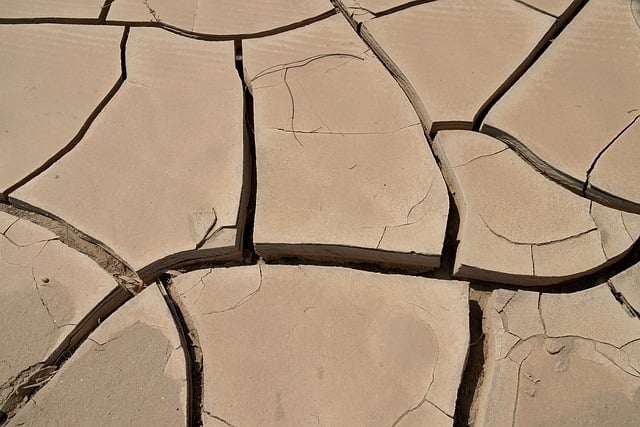


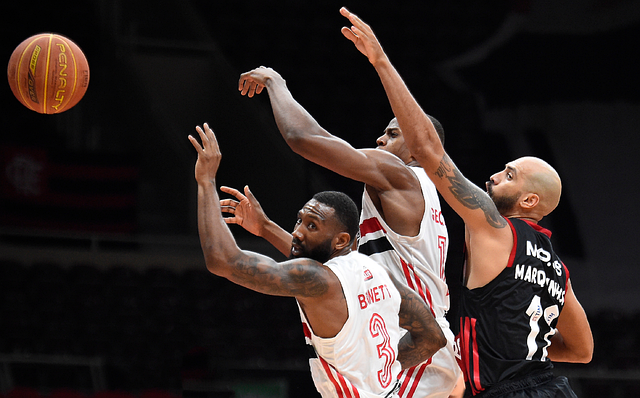
 Ticket Prices For Celtics Game Tonight
Ticket Prices For Celtics Game Tonight 
 Health
Health  Fitness
Fitness  Lifestyle
Lifestyle  Tech
Tech  Travel
Travel  Food
Food  Education
Education  Parenting
Parenting  Career & Work
Career & Work  Hobbies
Hobbies  Wellness
Wellness  Beauty
Beauty  Cars
Cars  Art
Art  Science
Science  Culture
Culture  Books
Books  Music
Music  Movies
Movies  Gaming
Gaming  Sports
Sports  Nature
Nature  Home & Garden
Home & Garden  Business & Finance
Business & Finance  Relationships
Relationships  Pets
Pets  Shopping
Shopping  Mindset & Inspiration
Mindset & Inspiration  Environment
Environment  Gadgets
Gadgets  Politics
Politics 